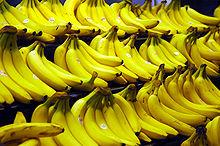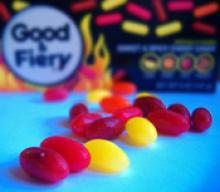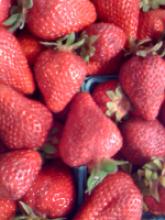National Banana Lover’s Day
Happy Banana Lover’s Day! For those of you who love bananas (like my husband and daughter), today is the perfect day to indulge in your fruity treat. For those of you who can’t stand them (like me—every time I eat one I taste the nasty pink meds my mom laced mine with every time I had to take antibiotics as a kid), you could always just squish them between your fingers for fun.
How to Celebrate Banana Lover’s Day:
Dress up like Brian from Family Guy in his banana costume and do the “Peanut Butter Jelly Time” song.
Make a banana tree house by stacking slices on top of one another with toothpicks. Eat when finished.
Have a banana split for breakfast.
Go organic—we’ve noticed that buying organic bananas doesn’t cost much more than nonorganic varieties at all.
Save any “bad” or orver ripe bananas you’ve got and make some delicious banana nut bread. Share it with the neighbors.
Sing the “banana-fanna-fo-fana” name game song everywhere you go. Sing it to your kids, your boss, your mother-in-law, and the person checking you out at the supermarket after you check his or her nametag.
Pack a banana pudding cup in your lunch, or make banana pudding and spread it over some vanilla wafers for a treat.
Continuing with the peanut butter and jelly theme, slide a few banana slices into your child’s sandwich for a nutritional boost.
Try a new banana recipe. Some imaginative creations you might want to cook up include banana yogurt pie, banana a la Creole, and banana relish.
Write an ode to bananas. See how many words you can alter to rhyme with banana.
Blend up a banana for a healthy shake that will doubly serve as a dessert/treat and breakfast. My daughter likes hers with some milk, chocolate (Ovaltine works well), and strawberries, though anything from yogurt to soymilk will work well, too.
Insist that everyone call you “Nanners” for the duration of the day.
Slice up some bananas and add them to everything throughout the day—your cereal or oatmeal, salads, whatever.
Make bananas foster—especially if you’ve never had this traditional New Orleans dessert before.
Try a banana liqueur drink. Some notables include the Chocolate Monkey, Scooby Snack, and June Bug.
Make banana art by scratching the skin of a banana in any pattern you wish and leaving it in the sun. Consider getting the results tattooed on your skin.
Wear yellow everything. See if anyone notices.








